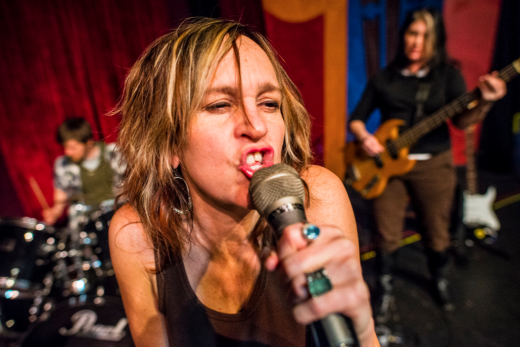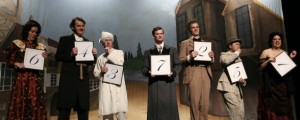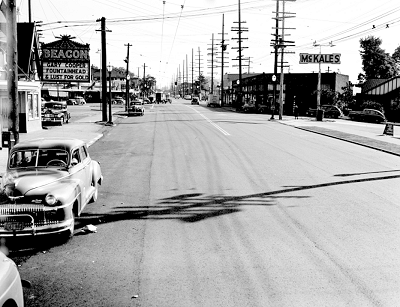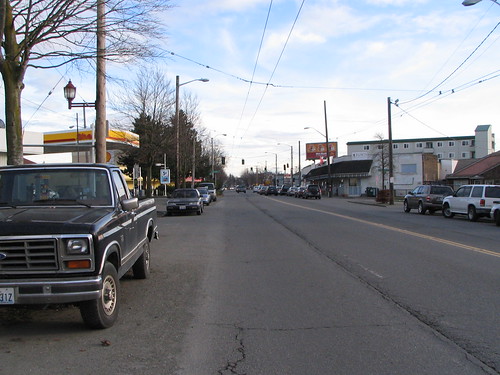
Beacon Hill Blog: How is Beacon Hill like, and unlike, Long Island, where you grew up? How long have you lived on Beacon Hill and what are your impressions of the place? How, if at all, does it influence your work?
Gretta Harley: I bought my condo on Beacon Hill at the height of the market, 2006 — so I am “stuck” here. I love Beacon Hill. It is a neighborhood, with small businesses and a lot of families, and diversity. Tree-lined streets are an easy place for me to walk my dog. Fantastic views! Jefferson Park is awesome! I know a lot of my neighbors. There are block parties and neighborhood watches. Long Island was suburban, so the tree lined streets and neighborhood feel are similar in that way.
There were no good views on Long Island. It’s completely flat with lots of concrete and fewer parks, but the beach was a stone’s throw away. The Atlantic Ocean is beautiful and the beaches where I grew up were gorgeous (before Hurricane Sandy).
“I was never a fan of Ken. I thought he was a dweeb.”
Long Island is a very very different culture. Where do I begin? Long Island is a trip. The people are a little harder on the outside… very direct with their opinions (which I like), and not as PC as in Seattle. I like the liberal ideals of Seattle. Several famous hip-hop artists from my generation come from my section of Long Island, but the Island was extremely segregated when I grew up. A bit of white, macho, braggadociousness. I still have a lot of connections and love over there though. Ya know, this is a conversation over a martini…
I am not sure if I can identify specifically how the place I live influences my work, but I do believe that any environment does. I did say Beacon Hill has a neighborhood feel, but I live on the main drag, so the energy of movement and city is always right outside of my windows. It’s not quiet. I like that.
Beacon Hill Blog: You mention in your bio that your Barbie dolls gave rock concerts. What were their favorite jams?
Gretta Harley: Ha ha. When I was a little kid playing with dolls, I listened to The Beatles, Grass Roots, Argent, Bob Dylan, Joni Mitchell, Carol King, Elton John — so those were the jams those dolls’d be jammin’. I got most of the records by stealing a mailer for a Columbia Records offer. “Buy 10 Records For A Penny.” I thought that sounded good. And I had a penny. I went through the catalog and checked off my records (largely by liking band names and record artwork), and put my choices and a penny in an envelope.
When the box of records came, my mother was furious. She got on the phone immediately and chewed out the person who answered the phone from Columbia (because the deal was that you got charged every month after the first delivery for the 5-10 records they’d send you every month, at full price). My mom let me keep the records I ordered, and thus began the merging of my pastime of doll weirdness, with music.
I recall building a stage for the dolls out of spare wood blocks my dad would bring home from his shop, stored in an old refrigerator box for my using. Those blocks were a constant source of re-building “sets” I designed for my pleasure.
Ya know, back in the 60s, we weren’t scheduled like kids are today. We made our own entertainment. I spent a lot of time alone. I didn’t have a ton of toys, so I made do with what I had. I never felt like I was missing anything. My turntable was as much my joy as the “characters” I created out of my Barbies and “Little Kiddles.” I also remember making clothes for my dolls, ’cause I didn’t like the ones they came with. And I cut their hair and drew on their bodies.
I was never a fan of Ken. I thought he was a dweeb.
Continue reading Interview: Beacon Hill musician/playwright Gretta Harley




